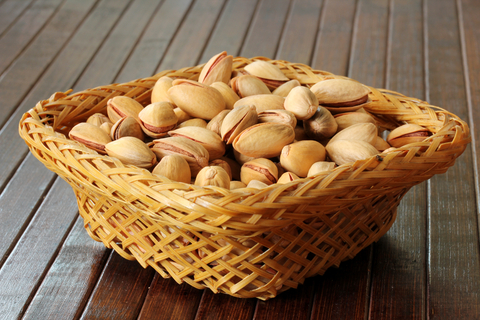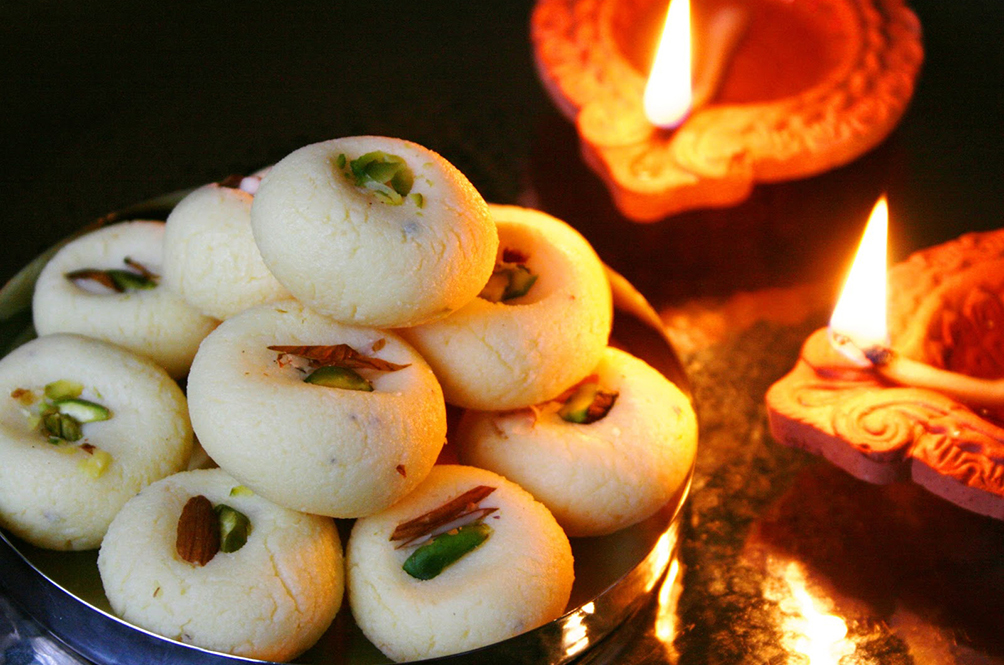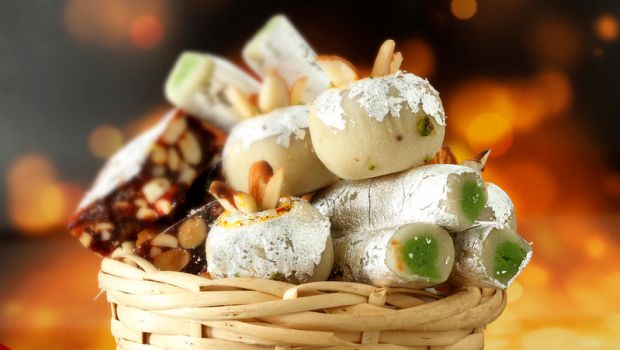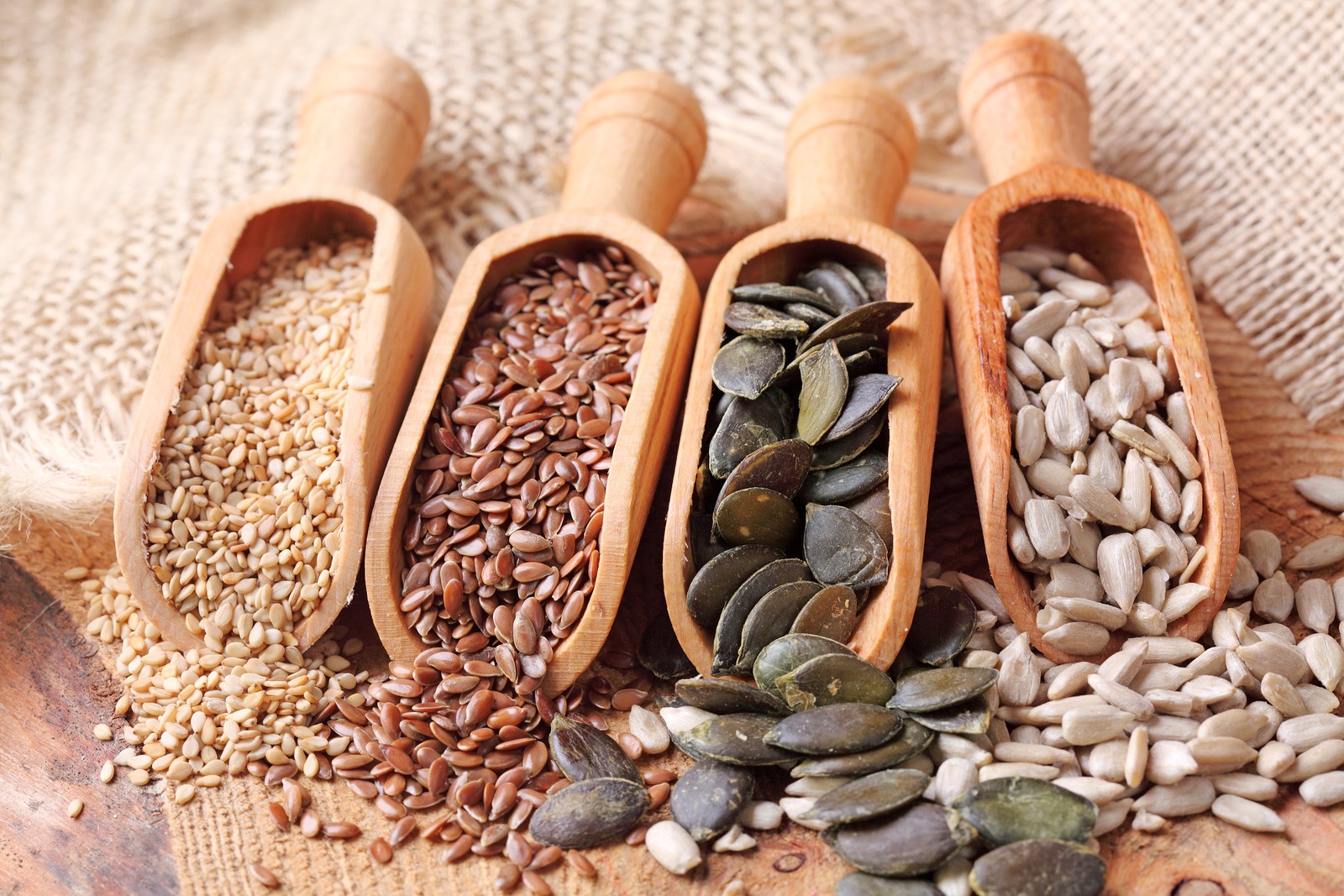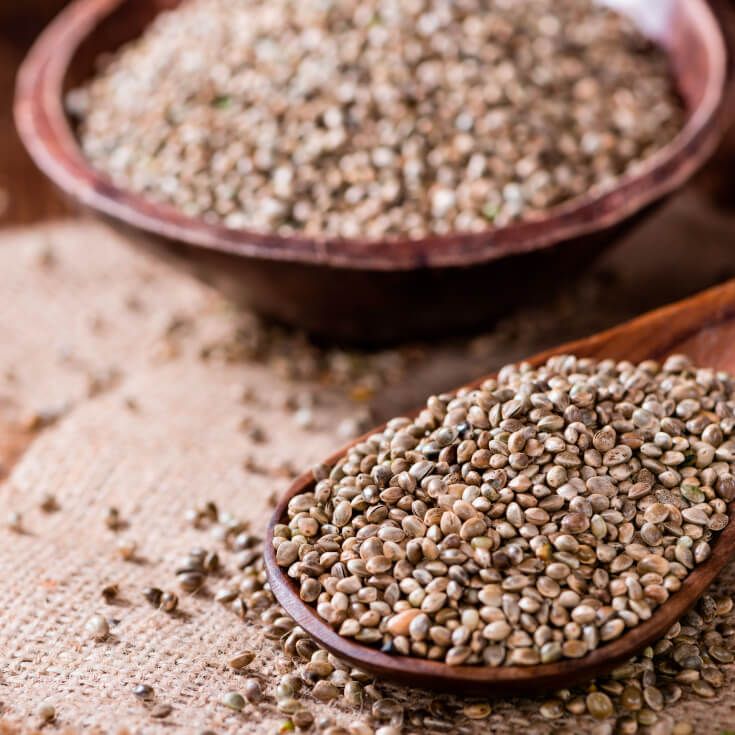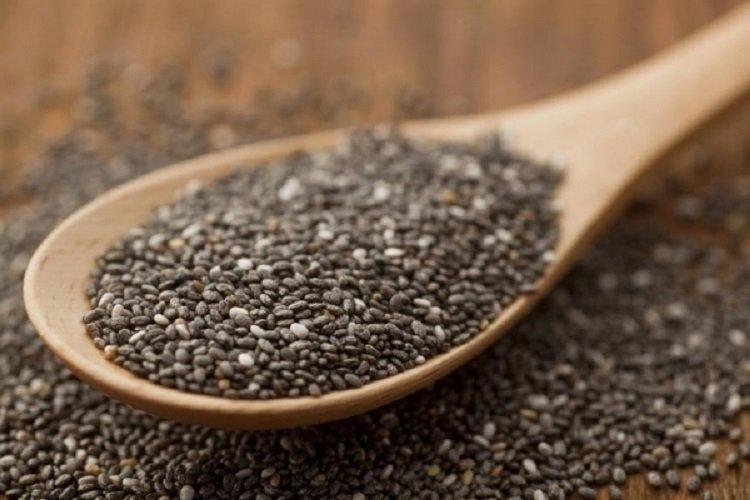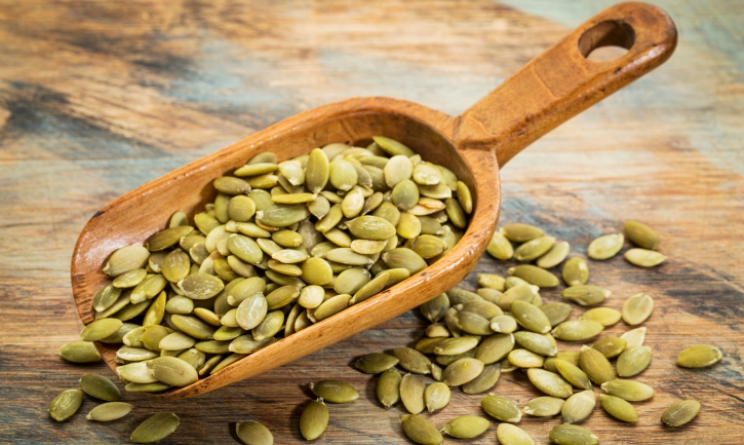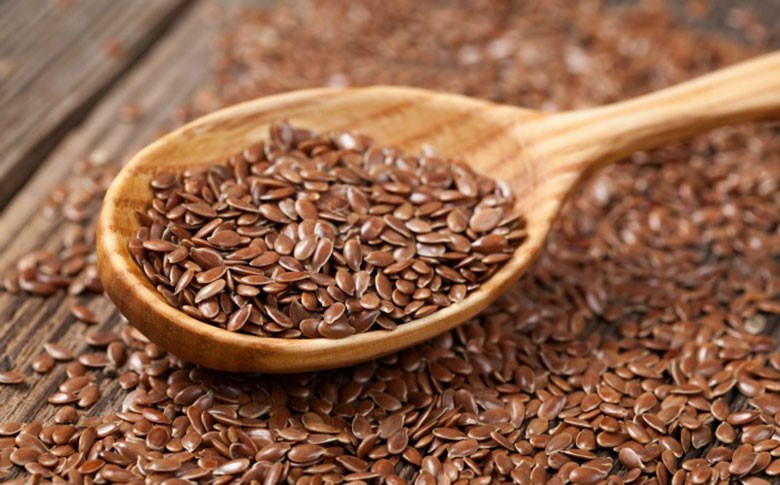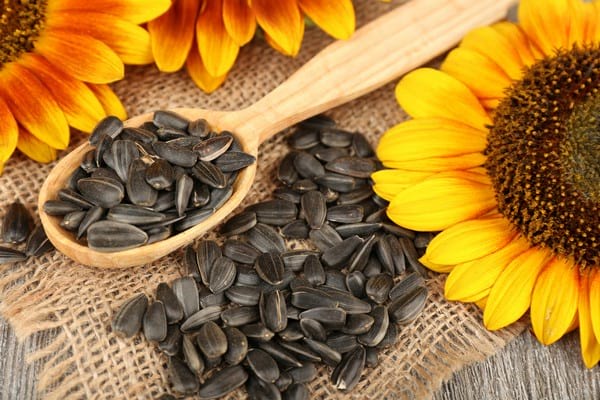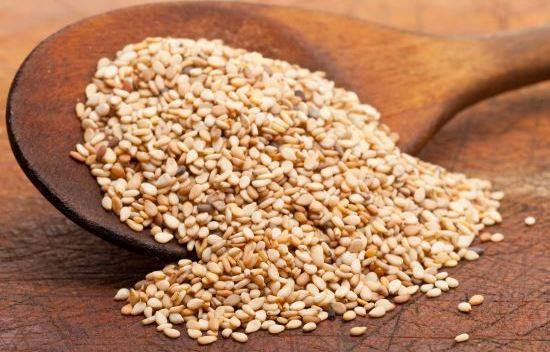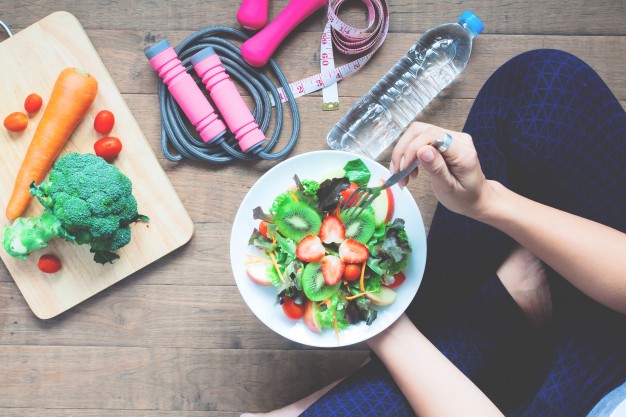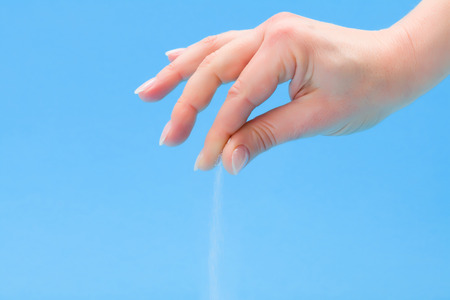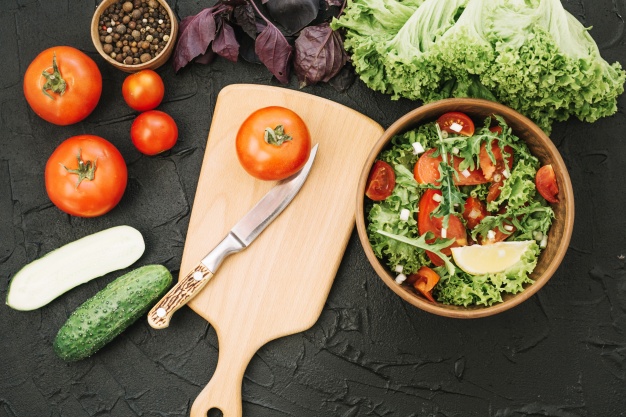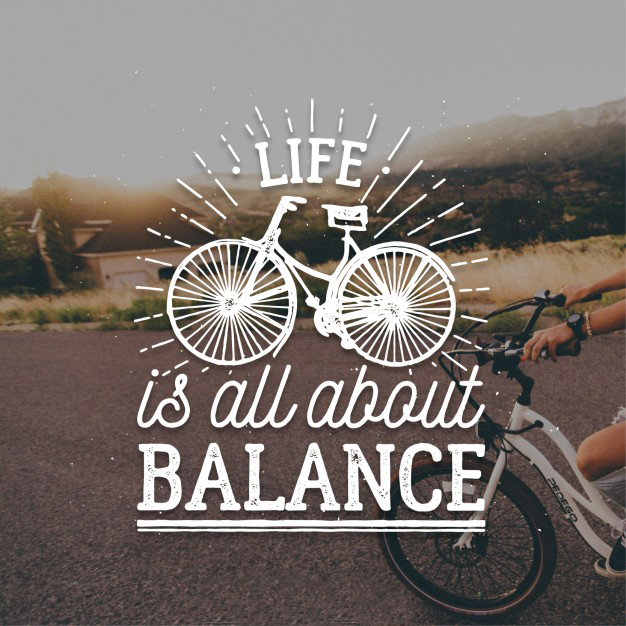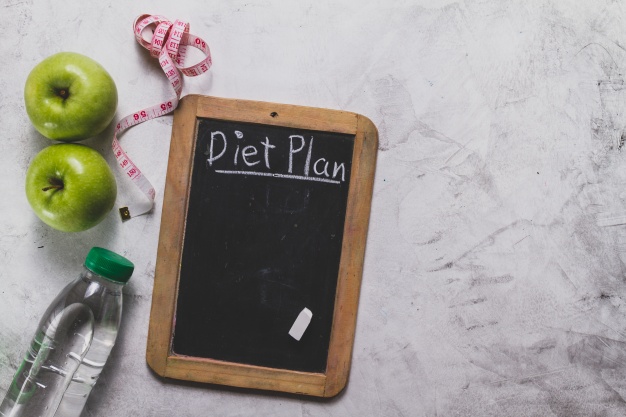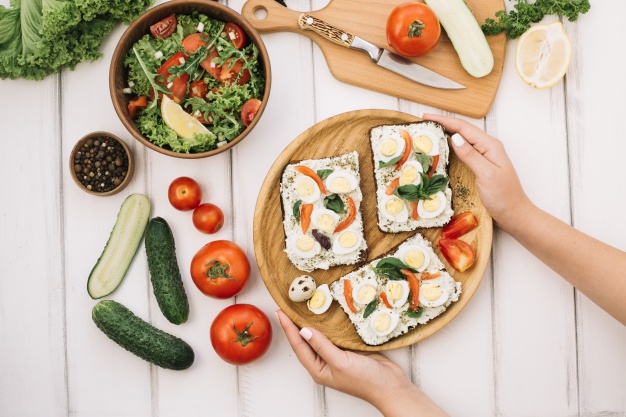What is it about a crisp, cold morning that makes you want to stay huddled under the covers? What is it about a chilly afternoon that makes you want to rustle up some ultra-comforting fried food and something hot to drink? What is it about a wintry night that makes you want to reach out for buttery goodness and sweet temptation?
Well, whatever it is, that moment -or two, or three -on the lips can forever lodge itself on the hips, especially during these winter months.
There are theories abound as to why weight gain seems to be such a foregone conclusion during winters. According to one school of thought, winter doesn’t increase hunger, rather it reduces thirst. You don’t drink the same amount of water as summer months, which leaves you dehydrated. That impacts your weight. Because hunger and thirst centres in the brain are set very close together, and sometimes, you may wind up eating because you feel thirsty, leading to a lot more overeating. Add to this lack of physical activity, comfort eating, and overeating during the holiday season, and suddenly you’ve got yourself a new problem. Or problems. As we already know, weight gain is not just about the aesthetics of it but adds increasing pressure on your heart and interferes with other health parameters. And in many cases, the kilos creep up, year after year without you realising it.
While your body has to work harder to maintain a normal body temperature, you can eat more. But if winter sees you stay put under the covers and reach out for something fatty, try these…
MORE PHYSICAL ACTIVITY
The cooler months is when physical activity tends to dwindle a little. Morning workouts tend to be eschewed in favour of lying in there’s always tomorrow, right? Wrong. Keep up with your workouts and burn your calories. You are never too cool for (old) school.
AVOID COMFORT EATING
Magically, during winters, chocolates, pies, samosas, pakoras seem to be an extension of your arm. Dis`arm’. Put down that bit of food and disengage yourself from bingeing just because you are in the company of food.
Try and ensure that your days are long and keep you occupied so that you stay away from comfort foods. It’s very easy, when you are at home surrounded by a mountain of chocolate, to be buried under it.
HOLIDAY OVERINDULGENCE
The winter months are also party months, where festivals coincide, weddings happen and relatives and friends come down from all over the world. Suddenly, you are out almost every night. Keep a watch on the journey from the plate to the mouth. Eat before you go out and avoid too many cocktails. Stick to a glass of white wine spritzer for as long as possible.
While this all sounds very dreary, don’t forget to have fun this winter and find inventive ways of having your cake and (not) eating it too. Happy holidays!



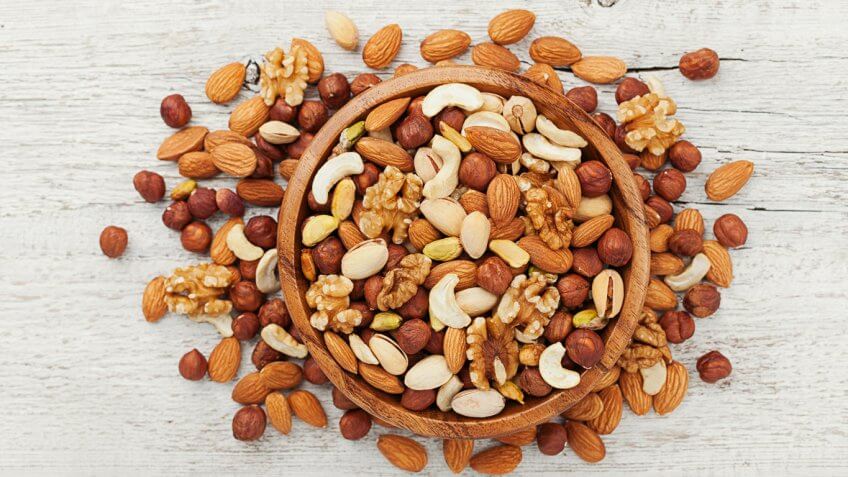
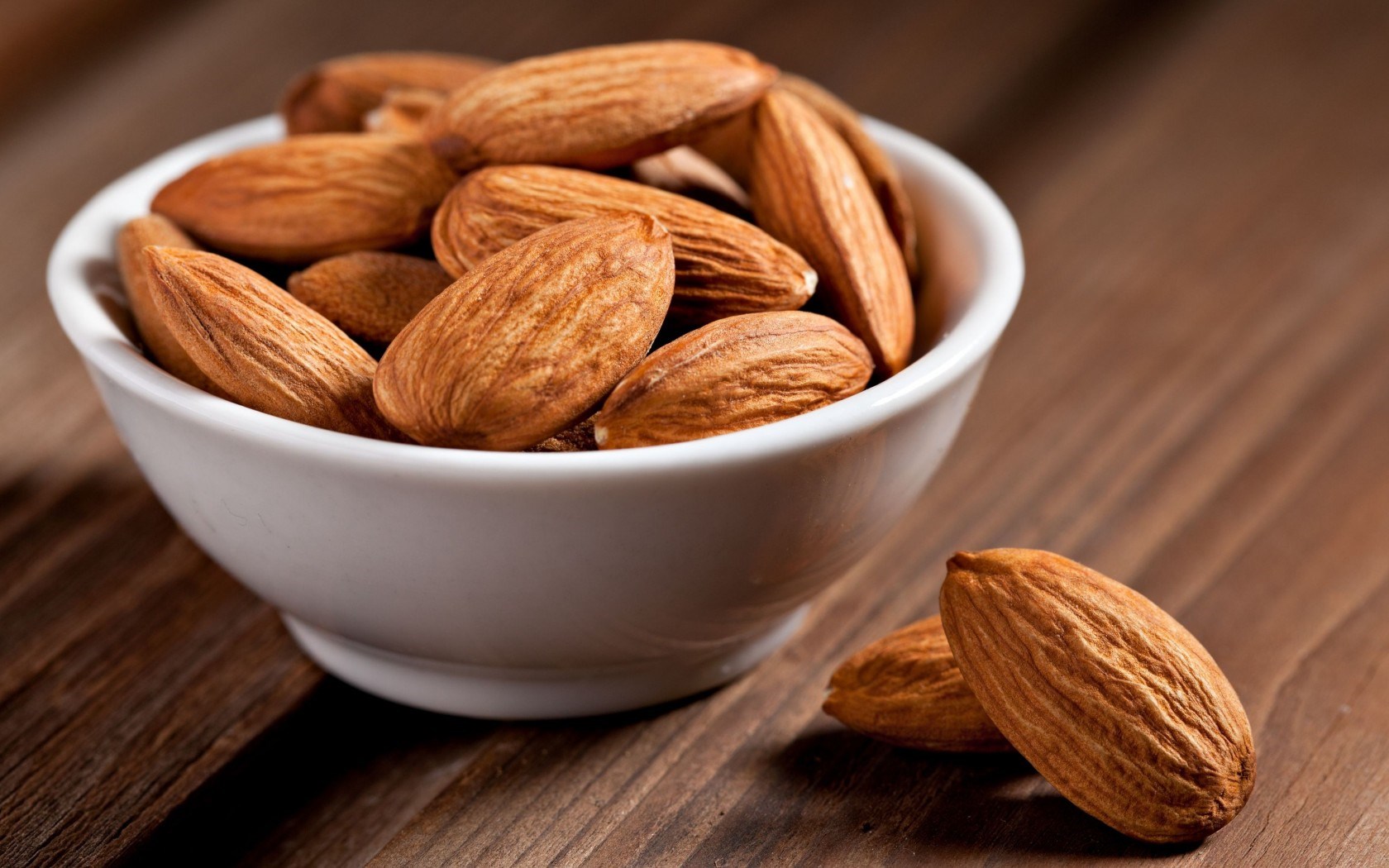 Can a high-fat food be good for you? Almonds challenge this oxymoron perfectly well. It’s rich in monounsaturated fatty acids that have a heart-protective role and are excellent for your brain and skin health. Almonds are also rich in Vitamin E, magnesium and potassium, all of which go hand in hand to maintain normal blood pressure, improve blood circulation and maintain healthy heart function. Trace minerals like copper and manganese found in almonds have added to their health quotient. Both copper and manganese are needed in very small quantities, but have an important role to play. Eat in small quantities (4-7 pieces) daily to get a whole entourage of health benefits.
Can a high-fat food be good for you? Almonds challenge this oxymoron perfectly well. It’s rich in monounsaturated fatty acids that have a heart-protective role and are excellent for your brain and skin health. Almonds are also rich in Vitamin E, magnesium and potassium, all of which go hand in hand to maintain normal blood pressure, improve blood circulation and maintain healthy heart function. Trace minerals like copper and manganese found in almonds have added to their health quotient. Both copper and manganese are needed in very small quantities, but have an important role to play. Eat in small quantities (4-7 pieces) daily to get a whole entourage of health benefits.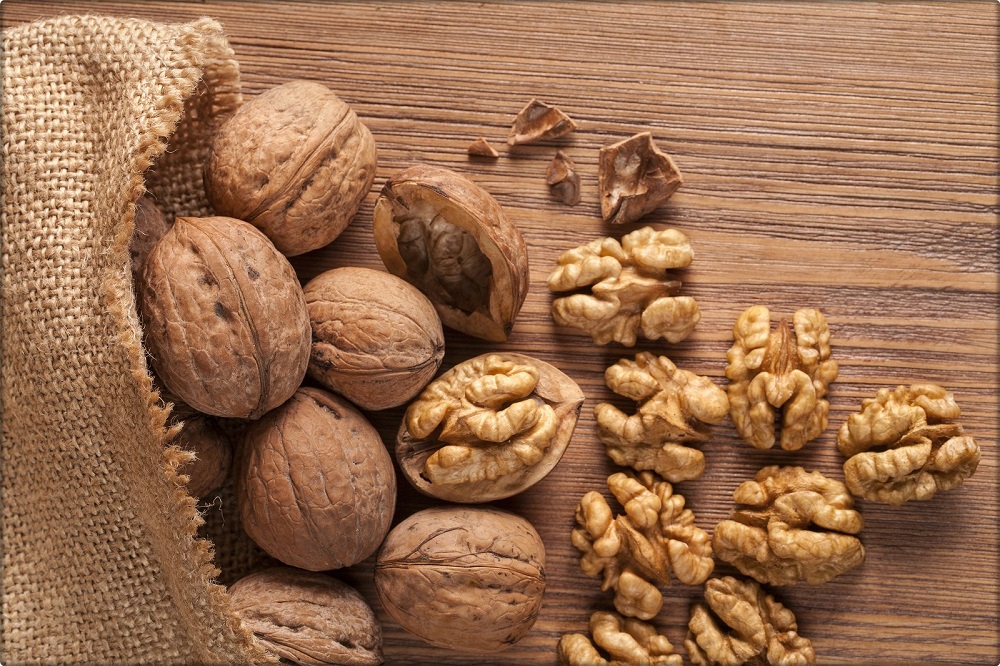 The outer layer of the shelled walnut -the white-ish, flaky, sometimes waxy part has a bitter flavour. But resist the urge to remove it. Research shows that 90 per cent of the antioxidants -including the phenolic acids, tannins, and flavonoids -are found in the skin.Walnuts are excellent sources of Vitamin E in a form that is unusual to find gamma-tocopherol. It has a major cardio-protective role. Along with great taste and health benefits, they are sources of monounsaturated fats and Omega-3 fatty acids. Add them to salads, desserts or just pop , them daily (3-4 halves).
The outer layer of the shelled walnut -the white-ish, flaky, sometimes waxy part has a bitter flavour. But resist the urge to remove it. Research shows that 90 per cent of the antioxidants -including the phenolic acids, tannins, and flavonoids -are found in the skin.Walnuts are excellent sources of Vitamin E in a form that is unusual to find gamma-tocopherol. It has a major cardio-protective role. Along with great taste and health benefits, they are sources of monounsaturated fats and Omega-3 fatty acids. Add them to salads, desserts or just pop , them daily (3-4 halves).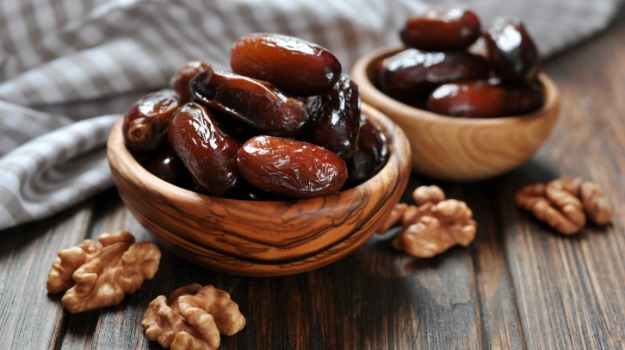 Incredibly delicious, dates are one of the most popular fruits packed with an impressive list of essential nutrients, vitamins and minerals, required for normal human growth, wear-n-tear and overall wellbeing. Rich in fructose and dextrose, dates provide simple sugars easily and are a good way to start the day and jump-start the body’s metabolism. Enjoy 1-2 medium-sized dates daily. Over indulgence can turn the tables on you.
Incredibly delicious, dates are one of the most popular fruits packed with an impressive list of essential nutrients, vitamins and minerals, required for normal human growth, wear-n-tear and overall wellbeing. Rich in fructose and dextrose, dates provide simple sugars easily and are a good way to start the day and jump-start the body’s metabolism. Enjoy 1-2 medium-sized dates daily. Over indulgence can turn the tables on you.